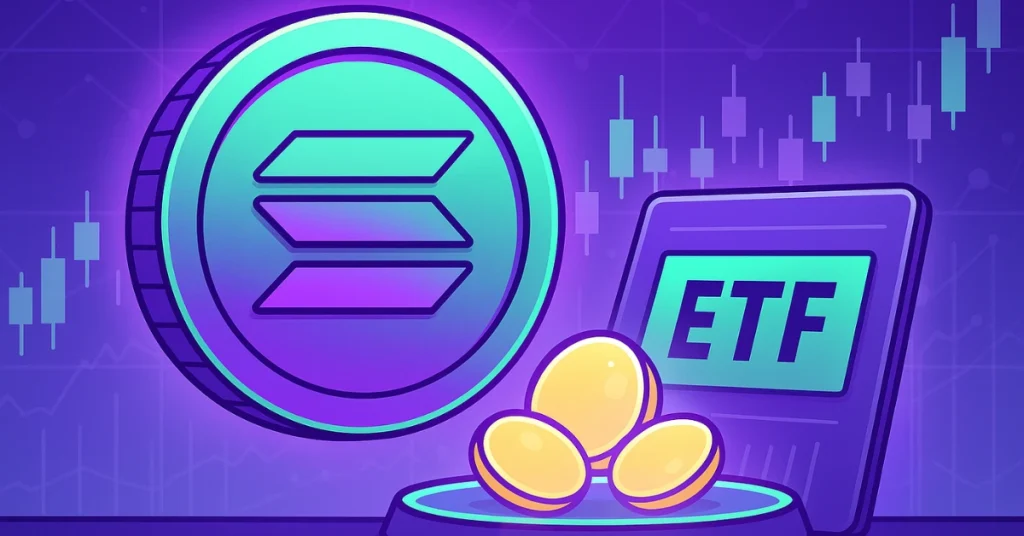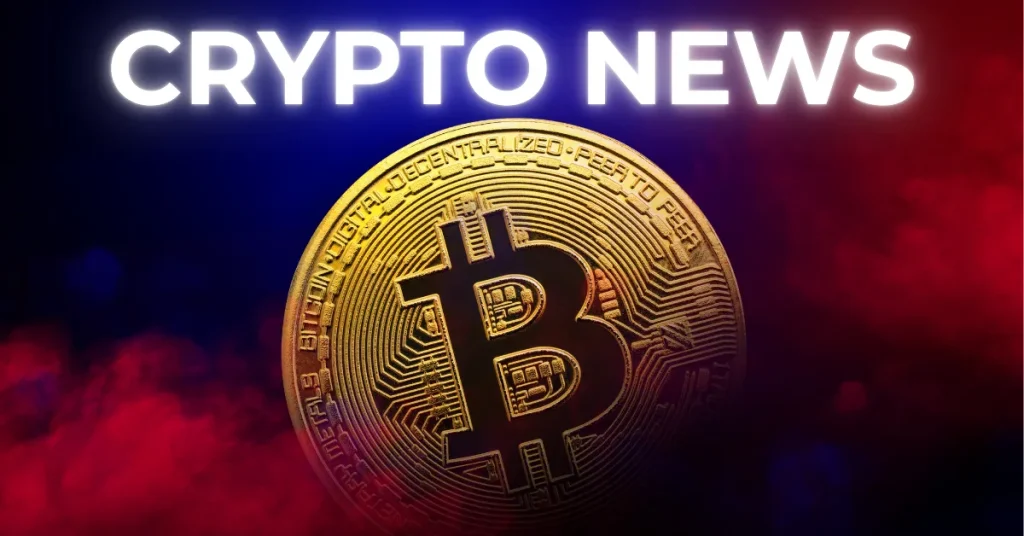
The post Is Ethereum Chasing a Bull Run? What’s Happening in ETH Price? appeared first on Coinpedia Fintech News
Similar to the predictable shifts in the seasons, market cycles also exhibit a pattern of change, a phenomenon that is especially noticeable in Ethereum. This cryptocurrency is known for its dramatic swings, characterized by high peaks of fervor and low troughs of desolation. By exploring the abundant on-chain data available, we can analyze these periods and identify instances when investor actions coincide with these market extremes.
The behavior of Ethereum is not an isolated event, but rather, it is intricately linked with the wider economic environment. For example, the recent drop in unemployment rates signifies an economy on the mend, which can have a ripple effect on Ethereum’s market. As employment rates rise, so does disposable income, which could lead to an uptick in investments in digital assets such as Ethereum.
In addition, the recent increase in the US debt ceiling carries implications for Ethereum. This move suggests a surge in government expenditure, which could trigger inflation. In such circumstances, investors often look for ways to protect against inflation, and Ethereum, along with other cryptocurrencies, has been increasingly recognized as a viable inflationary hedge.
Ethereum’s Exchange Reserve Touches 5-Year Low
As the larger part of the cryptocurrency market exhibits a sideways or downward trajectory, its flagship cryptocurrency – Ethereum (ETH) – has seen its supply on crypto exchanges drop to a five-year low. This suggests that crypto traders and investors are progressively opting for self-custody, a shift in behavior that could have significant implications for the market.

According to our analysis, Ethereum’s all-exchange reserve metric has been on a steady decline for the last few years, and now it has touched a 5-year low. The metric is currently at 16.38 million, a level that was last witnessed in September 2018.
The pattern of transferring substantial amounts of Ethereum from exchanges to personal crypto wallets signifies a growing interest in self-custody among traders. This trend could also indicate a reduced likelihood of ETH being sold back to exchange wallets, which is generally viewed as a positive development for market stability.
ETH- Total Value Staked Surpasses $20 Million
After the successful Shanghai upgrade, Ethereum has achieved a big milestone recently. Data from CryptoQuant reveals that over 23 million units of ether (ETH) have been committed to Ethereum’s Beacon Chain staking contract.
This amount, which represents more than 19.4% of the total ether supply, is equivalent to nearly $44 billion at the current market rate. This significant milestone comes almost two years following the launch of Ethereum’s staking contract in 2020, which marked the introduction of the network’s proof-of-stake Beacon Chain.

The increasing quantity of staked ETH can be viewed as a positive indicator of Ethereum’s security and widespread acceptance. However, it could also intensify the demand on the network’s primary developers to accelerate efforts to facilitate withdrawals.
According to information from Nansen, approximately 100k unique depositors have participated in staking. BeaconScan data further reveals that the count of active validators stands close to 500k.

Ethereum’s Short Liquidation Is Declining
To get a detailed sentiment of Ethereum’s current movement, the short liquidation metric is crucial to consider. The decline in Ethereum’s short liquidation as the price stumbles at a critical resistance point near 1.9K could have significant implications for the ETH price.

As of now, Ethereum’s short liquidation is at $41,787, hinting that the rate of liquidating short positions is declining as Ethereum aims to surge higher above the $1.9K resistance level. When short liquidations decrease, it suggests that fewer traders are betting on the price of Ethereum to drop. This could be an indication that traders are less confident in the bearish outlook for Ethereum, which could potentially lead to less selling pressure on the market.
We anticipate a further decline in short liquidation if Ethereum witnesses a spike in buying pressure above the $1.9K level.
Fees Burnt (Total) Witnesses A Volatility
Ethereum’s fee-burning mechanism, introduced with the EIP-1559 upgrade, burns a portion of the transaction fees, effectively reducing the supply of ETH. This mechanism is designed to create deflationary pressure on the Ethereum network, which in theory, should increase the price of ETH over time.
If the total fees burnt are declining, it means less ETH is being removed from circulation. This could potentially lead to a decrease in the deflationary pressure on the Ethereum network. If the supply of ETH is not decreasing at the same rate as before, it could potentially put downward pressure on the price of ETH, all other things being equal.

In a noteworthy progression for the Ethereum network, there has been a marked decrease in average transaction fees. This downturn follows closely on the heels of a substantial surge in fees in May, which pushed them to an annual high.
The reduction in fees is a positive indication that Ethereum is becoming more cost-effective for users, thereby promoting increased usage and activity on the network. Decreased transaction costs not only draw in new users but also motivate current participants to fully leverage the functionalities of Ethereum.
Conclusion
The Ethereum network is demonstrating strong signs of growth and resilience, despite the volatility in the crypto market. The significant amount of Ether staked in the Beacon Chain, the increasing number of unique depositors and active validators, and the declining transaction fees all point towards a robust and thriving ecosystem.
The decrease in short liquidations and the recovery shown at crucial resistance levels suggest a potential bullish outlook for Ethereum. Furthermore, the decline in average transaction fees, while potentially reducing deflationary pressure, is also indicative of Ethereum’s commitment to making the network more affordable and accessible to users.

 2 years ago
134
2 years ago
134














 English (US) ·
English (US) ·